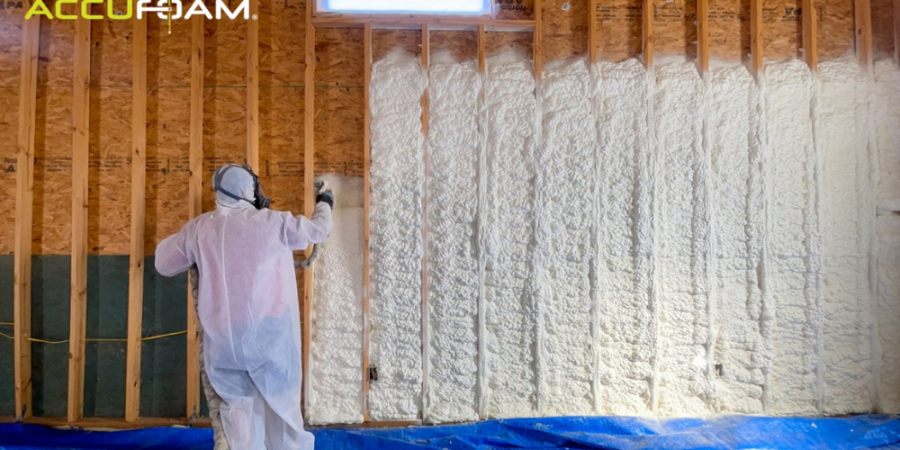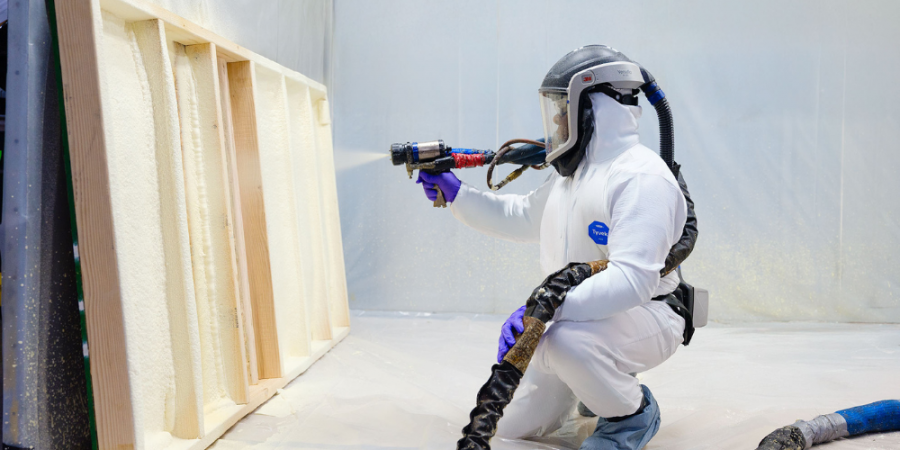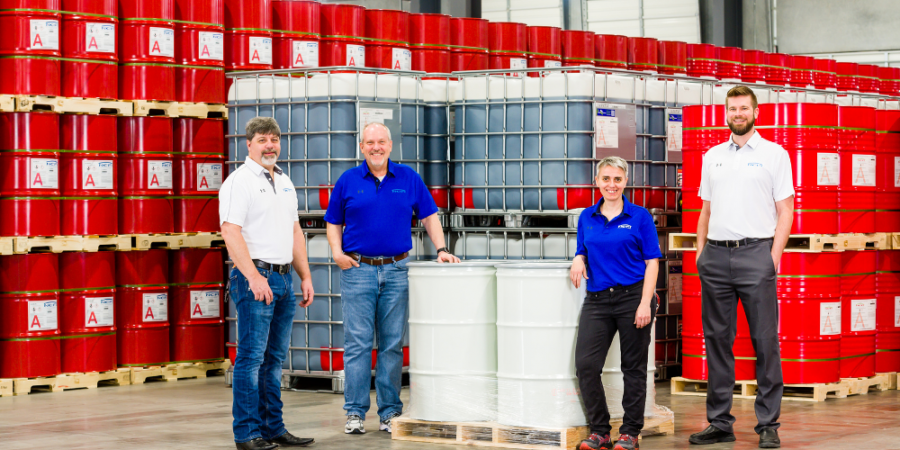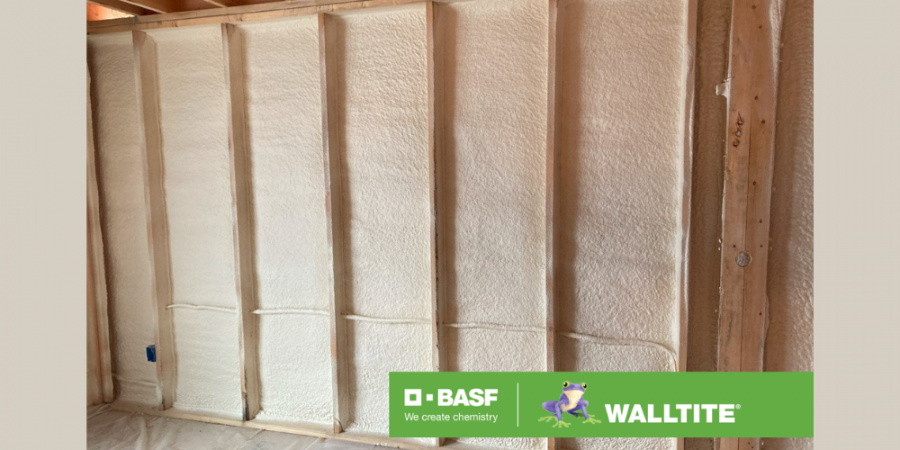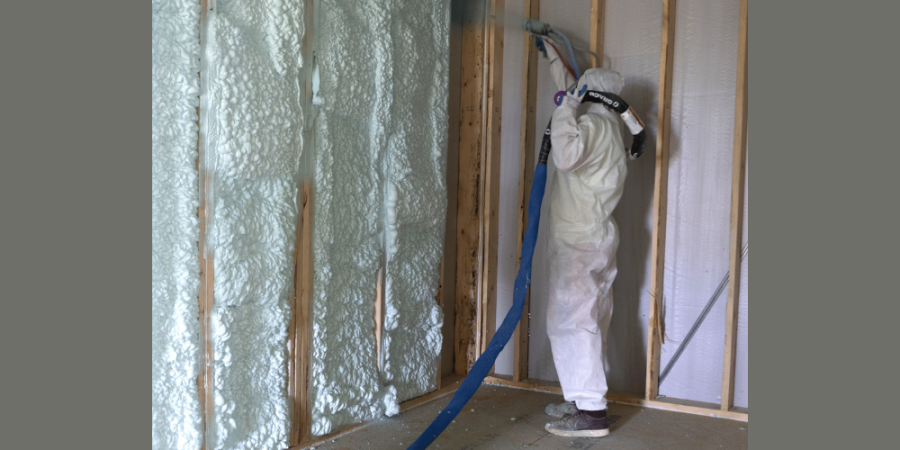Lowering the Global Footprint
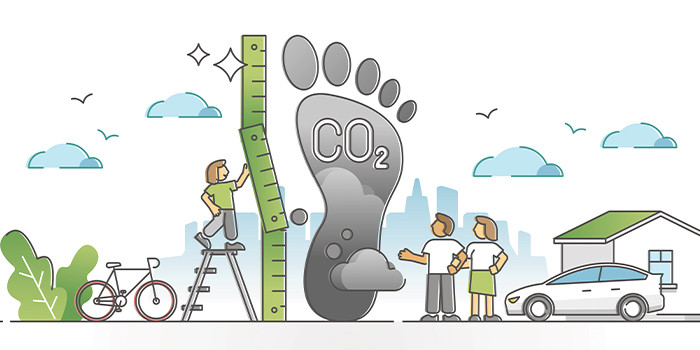

Spray Foam Magazine – Summer Issue 2022 – A growing number of builders and homeowners are concerned about climate change and want to reduce the impacts of their buildings and homes on the Earth. The good news is that as an industry working with an exceptional, proven product, we are in a unique position to help. Spray foam is an earth-friendly material that helps to minimize building emissions and the climate change resulting from them.
Scientists agree that the burning of fossil fuels by humans is the main cause of the greenhouse gas emissions which cause the earth to warm. Buildings and homes are a leading cause of that fossil fuel use, hence decarbonizing buildings is key to fixing the problem. Luckily, spray foam insulation is a known solution.
When the Earth Warms
2020 was the second warmest year on record for the globe and extreme consequences of warming are visible. 2017’s Hurricane Maria decimated Puerto Rico and Hurricane Harvey brought destruction over Texas, Louisiana, and the Tennessee and Ohio Valleys. 2021’s Hurricane Ida left over one million people in Louisiana without poweri, led to casualties across numerous states, flooded NYC’s subway system, and halted air travel.ii
2018’s California Camp and Woolsey fires burned more than a quarter million acres, destroying the town of Paradise, claiming 89 lives.iii The state recorded its first gigafire in 2020iv and 2021’s Dixie fire became the largest single fire in California history.v
Building Emissions and the Building Envelope
Research points to an alarming fact— that buildings use approximately 40% of energy produced in the U.S. and are responsible for about 30% of U.S. carbon dioxide emissions. The good news? Energy efficiency in the envelope is a key solution for decarbonizing buildings.
However, not all insulations perform equally. R-value measures the ability to limit conductive heat flow, one heat transfer mechanism. Air leakage, or heat transfer via convection, is also important to control and can result in up to a 25% reduction in space conditioning energy usage. Unlike some insulations, spray foam addresses both and can reduce fossil fuel driven emissions.
Closed-cell Spray Polyurethane Foam
Closed-cell spray foam insulation is a single solution for thermal, air, vapor, and water control. As a thermal insulator, it boasts one of the highest R-values per inch of all insulations, eliminating cracks and gaps and creating an airtight structure. Applied in the envelope, SPF reduces long-term energy use, costs and emissions. Huntsman Building Solutions’ recent environmental product declaration for HEATLOK HFO Pro closed-cell SPF, demonstrates the material reduces embodied carbon when compared to other types of insulation and is more effective at reducing buildings’ operational carbon emissions.
Closed-cell SPF in Continuous Insulation Applications
A building will perform better in the area of energy efficiency with the application of continuous insulation on the exterior side of the building envelope wall versus without. Closed-cell SPF is ideal as continuous insulation and can be used in interior and exterior applications, replacing rigid XPS and PIR foam boards. It is also ideal in smaller spaces where higher R-value is required or where moisture could be an issue.
Combining closed-cell SPF as continuous insulation on exterior walls, along with SPF insulation in the stud cavities, creates a building envelope mirroring a coat (continuous insulation) and a sweater (cavity insulation), and optimizes the energy efficiency of the total building envelope.
Ultimately, our industry provides a product and service that meets a growing desire to protect the Earth. Let’s not be afraid to share our solution with customers, whether builder or homeowner.
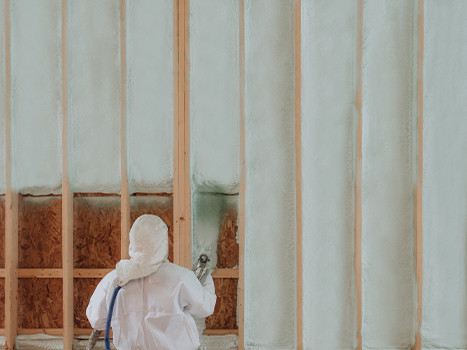
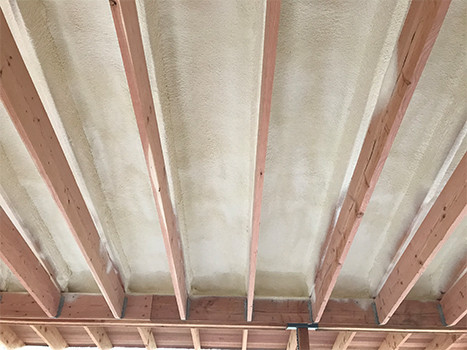
Huntsman Building Solutions’ recent environmental product declaration for HEATLOK HFO Pro closed-cell SPF, demonstrates the material reduces embodied carbon when compared to other types of insulation and is more effective at reducing buildings’ operational carbon emissions.
- BBC News, Hurricane Ida: One Million People in Louisiana Without Power, August 31, 2021, https://www.bbc.com/news/world-us-canada-58378788
- NPR, Ida Brings Historic Flooding to Northeast, Kills at Least 18 People Across 4 States, September 2, 2021, https://www.npr.org/2021/09/02/1033513900/historic-flooding-hurricane-ida-new-york
- Washington Post, Mapping the Camp and Woolsey Fires in California, November 25, 2018, https://www.washingtonpost.com/graphics/2018/national/california-wildfires-maps
- CNN, California Fire is Now a ‘Gigafire,’ a Rare Designation for a Fire that Burns at Least a Million Acres, October 6, 2020, https://www.cnn.com/2020/10/06/us/gigafire-california-august-complex-trnd/index.html
- Politico, Dixie Fire Becomes Largest Single Fire in California History, August 6, 2021, https://www.politico.com/states/california/story/2021/08/06/dixie-fire-becomes-largest-single-wildfi...
About the Author Doug Brady is chief strategy officer for Huntsman Building Solutions, a global leader in spray polyurethane foam. Visit www.huntsmanbuildingsolutions.com or contact Doug at dbrady@huntsmanbuilds.com.
Disqus website name not provided.




